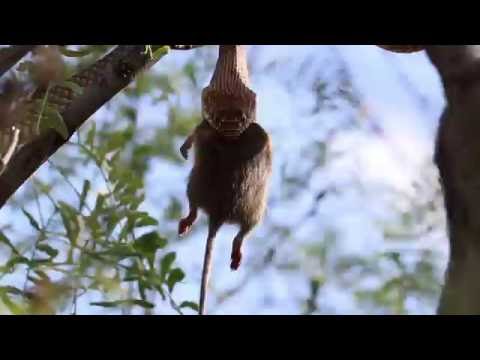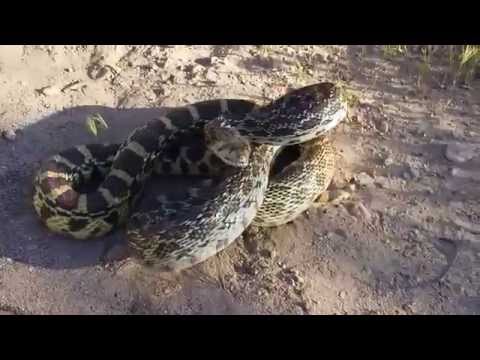Otherwise known as bull snake, this is a common snake of western deserts, shrub, and forests. In Washington it is found east of the Cascade Mountains. Its range extends from southern British Columbia to Indiana and south through western North America to northern Baja California, Sonora, Sinaloa, and Zacatecas in Mexico.
Pituophis – pitys (Greek) meaning pine; ophis (Greek) meaning serpent, reptile; catenifer – catena (Latin) meaning chain; ifera (Latin) meaning bearing; sayi – in honor of Thomas Say (1787-1834). Say was primarily an entomologist – describing over 1,000 species of beetles. His name also is attached to Say’s phobe.
This snake occupies a wide range of habitats that include desert, prairie, shrubland, woodland, open coniferous forests, farmlands and marshes. Gopher snakes occupy burrows dug by other animals or it will dig its own burrow using its large rostral scale and pointed snout. Someone actually went through the calculations and estimated that gopher snakes can move 3,400 cubic cm of soil in an hour – that’s a bit over 0.1 cubic foot of material – not so bad for a small animal.
Gopher snakes can reach a length of up to 7 feet but more typically are between 3 and 5 feet long. It is pretty easy to identify by a series of large black to brown blotches that run down the back with another series on the sides. The blotches, which are set on a straw-colored background, become more widely spaced toward the tail. The dorsal scales are keeled (thin ridge along the middle) and a black band is visible on the head that extends from the front of the eye to below the eye. The belly is white with some dark spots. The dorsal coloration is variable with dark blotches on a cream to yellowish background.
Gopher snakes feed on a variety of rodents, rabbits, birds and eggs, and to a lesser extent, lizards. They will occasionally climb trees in search of nestlings and eggs. One study noted that of 1066 items, mammals (797, 74.8%), birds (86, 8.1%), bird eggs (127, 11.9%), and lizards (35, 3.3%) were the most frequently eaten prey. Conversely, they are prey for coyotes, hawks, owls, badgers, weasels, and skunks. They are generally diurnal but may be nocturnal when it is especially warm. Gopher snakes are constrictors – they will catch their prey and then quickly wrap them up in body coils and suffocate them. They swallow their prey whole and usually head-first. If you have 6 minutes to kill you can watch one swallowing some type of rodent:

Gopher snakes are oviparous – that is, they lay eggs. Some snakes appear to give birth to live young but just incubate the eggs inside their body – this is known as ovoviviparous. And then there are the snakes that do give birth to live young – viviparous – where the young are contained in a true placenta rather than an egg. In case you were wondering.
About 4-15 eggs are laid in burrows or cavities in talus. Nests are often shared with other gopher snakes or other snake species. The nest sites are often abandoned mammal burrows on south facing slopes with little perennial vegetation. There is some evidence that females may use the same nests year after year. The eggs hatch in 50-60 days and the hatchlings will shed for the first time in 16 days. In case you didn’t know – snakes will shed their skin as they grow, growing a new layer beneath. Their left over skin casing can be quite impressive, showing all the details of the head, eyes, body, and even keels on the scales.

These snakes overwinter in dens. In one study 89% of the adults and 29% of the juveniles survived winter hibernation.
Gopher snakes can put on quite the display when they are encountered. They will coil up and shake their tail in the dry vegetation. Many folks will mistake them for a rattlesnake because of this action and a vague resemblance to a rattlesnake’s color pattern. They also will take a deep breath, flatten their head, and exhale with an intimidating hissing noise. I have found, however, that if you just let then go on with these theatrics for a bit and then ever-so-slowly pick them up, that they are quite docile.

’ve seen them quite a bit in eastern Washington. Recently I was hiking up Manashtash Ridge and keeping an eye out for them but had no success. I met Peter, a friend from Seattle, hiking with his group and on their way down. Peter gets all over the place hiking and of course he had a photo of one he saw on the trail earlier that day. Rats!

